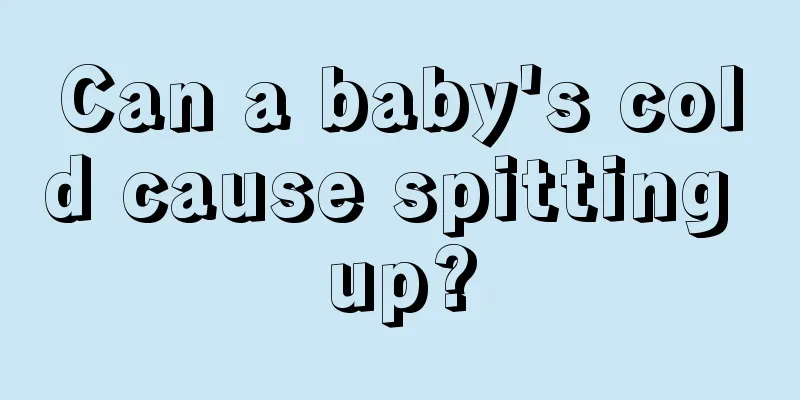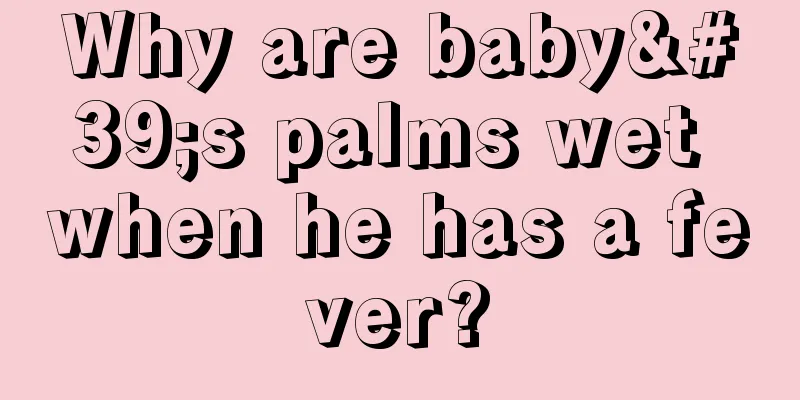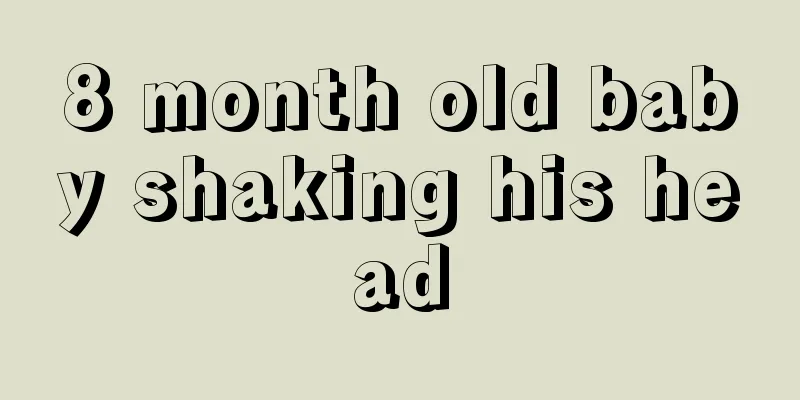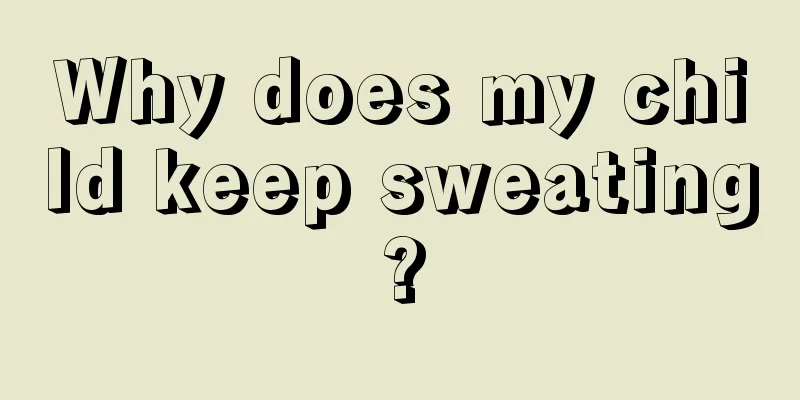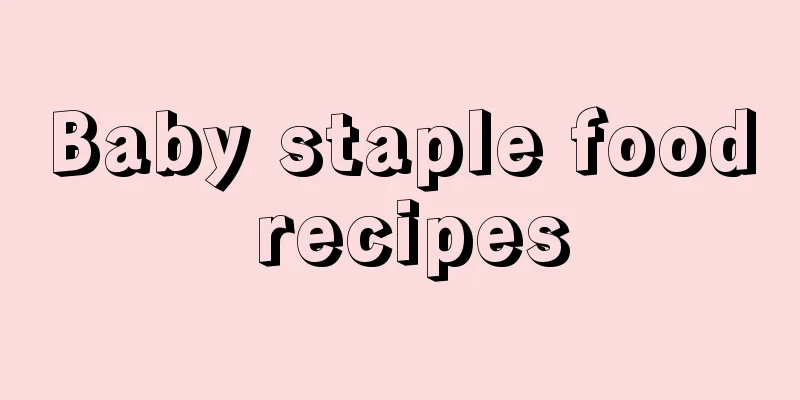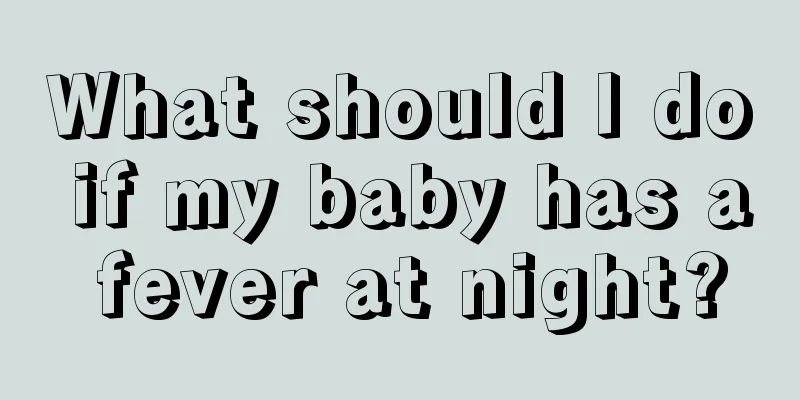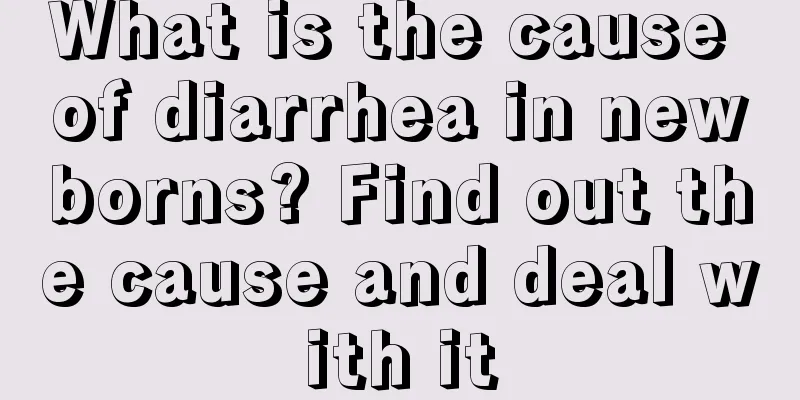Yellow runny nose after cold in children
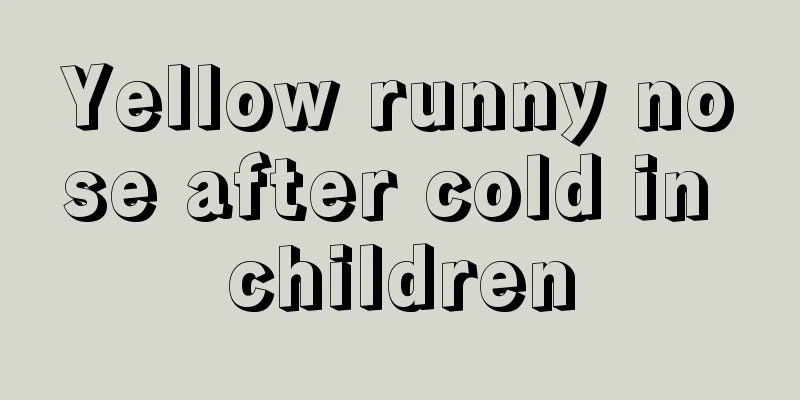
|
The probability of colds occurring in our lives is very frequent. Both the elderly and children may catch a cold. Although this disease is not very harmful, it will make us feel weak and uncomfortable, and may also cause sneezing, runny nose, and coughing. Children usually have a fever after catching a cold. So why do children have a runny nose after catching a cold? Consider the possibility of pediatric sinusitis. If there is a lot of nasal mucus, use physiological seawater nasal spray to rinse the nasal cavity; if the patient is over two years old, use Nasonex nasal spray; take oral sinusitis oral solution and Mucosolvan. If the effect is not good, go to your local ENT doctor. A common cold usually heals in 7 days. If your nose is blocked for such a long time, you may have rhinitis. You can use Rhinitis Relief Oral Liquid (Chinese medicine). It is best to go to a regular hospital's ENT department to see a doctor to understand your baby's specific situation and get a clear diagnosis. 1. What is the difference between yellow snot and clear snot in children? To answer this question, we must first understand the normal transmission pathways of colds. Generally, it starts with wind-cold invading the body surface, and symptoms of a wind-cold cold appear, mainly clear runny nose, mild fever, severe chills, no sweating, headache and body aches, cough, no redness or swelling of the throat, pale red tongue, and a floating and tight pulse. As the disease worsens, the body's resistance decreases, and the disease begins to spread from the outside to the inside, first entering the half-surface and half-interior, and finally completely entering the interior and turning into heat. The symptoms at this time are mainly runny yellow nose, severe fever, mild chills, sweating or little sweating, headache and nasal congestion, sore throat, red tongue, and rapid pulse (i.e., fast pulse). The whole process is the body fighting against the pathogenic factors, the body temperature gradually rises, and eventually it turns into a fever. This is the natural development process of a disease. |
<<: What is the matter with the child breathing heavily?
Recommend
High lead level in baby
Family members cannot tell with the naked eye whe...
What should I do if my child doesn’t brush his teeth?
Many children don’t like brushing their teeth. Ma...
What is the reason for black spots on the child's face?
Children are the apple of their parents’ eyes. Al...
Does phimosis adhesion in children need treatment?
Phimosis in children actually means that the glan...
What causes swollen eye bags in children?
Generally speaking, some older people are prone t...
What is the cause of a small amount of blood in the baby's stool?
We all know that the baby's stool can best re...
Treatment of white tongue coating in full-month baby
The birth of a new life will make our parents ver...
Can children eat fried scorpions?
Although scorpions look very scary, they are actu...
Anorexia in children
Anorexia in children is mainly caused by long-ter...
What to do if your two-year-old baby is grinding his teeth
Many people think that teeth grinding is only a p...
Diet therapy for purple fingernails in newborns
In fact, in daily life, some people who have just...
How to take care of children’s teeth?
Having healthy teeth is very important for people...
How to make appetizers for children?
Children's eating has always been a worry for...
The baby's body is hot but the forehead is not hot
As we all know, babies' physical development ...
What to do if your child is allergic to cold air and coughs
If a child has an allergic cough due to cold air,...
